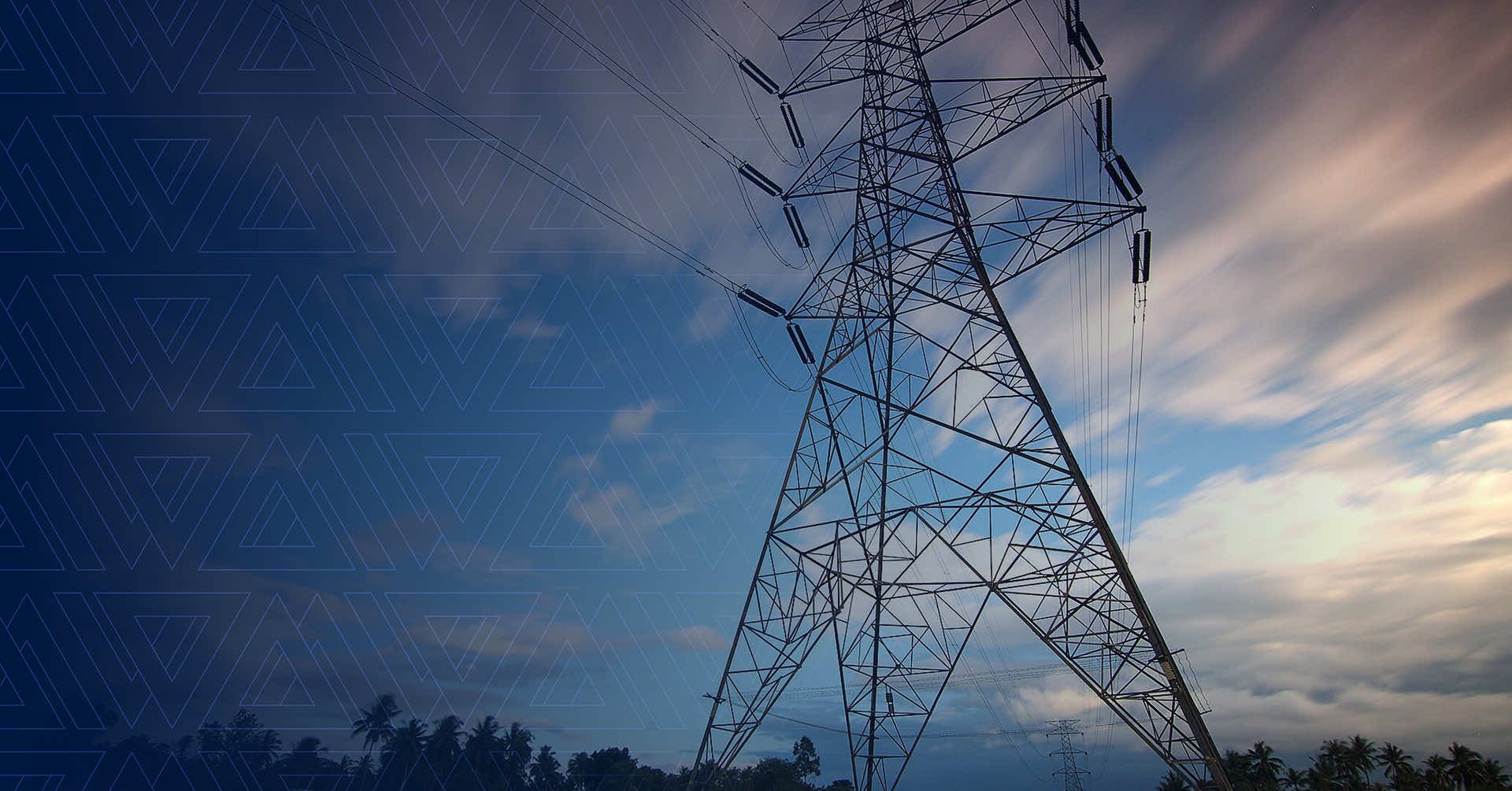Recently a post on X (formerly Twitter) in which an Arkansas miner shuts down more than 300 miners on his mining farm caused a stir. The January 16 post is accompanied by 2 videos and has caused astonishment and quite a few questions. The first and most important of which is "why did he do it?"
Who is this miner?
Not much is known about the miner and his activity, but some indications can be gleaned just from the details of the videos attached to the post. We know that the miner must be located near Walnut Ridge in Arkansas, an area that is definitely in a hurry these days with its -14°C.He definitely does not have a home plant nor a small one.In fact, it can be seen from the video that his electricity bill shows a consumption of 11.84 Megawatt-hours, and that the power consumed at the time of shutdown is 972 Kilowatts. His plant has an efficiency of almost 30 Joul per TeraHash and uses machines that consume about 3Kwatts each. All to win a draw of 0.029 BTC (1260 USD, but we do not know in what time frame).
But why did he do it?
It remains to be understood what prompted the miner to give up his Bitcoin mining and consequently his profits.The miner himself at the end of the video shows that the shutdown occurred a few minutes before 7:00 a.m. on Jan. 16 (2024), a time of day when electricity demand increases after the night. Thus, in about 8 minutes, the miner makes its consumption go from 972Kw to zero just before an increase in demand.
So here is the reason: to lighten the load on the power grid so that neither the power grid nor the people in the area could have an inconvenience from its activity. We do not know whether this is the result of a purely altruistic gesture or whether it is a clause in his supply contract, however, what we can say is that this event allows us to highlight an important symbiotic aspect between miners and the power grid.
The Symbiosis
In the increasingly critical energy environment, optimizing the efficiency of power grids has become a priority objective. To ensure efficient and sustainable energy distribution, it is essential that the load on the power grid is kept as constant as possible.
Although it might be counter-intuitive at first, it is indeed preferable for the grid load to be around its average load rather than having peaks in demand and moments of flat calm.A constant load on the power grid has many advantages.It helps to minimize leakage and optimize overall operational efficiency, it helps to preserve the useful life of equipment and minimize the need for frequent maintenance, it reduces potential negative impacts on power supply (blackouts), and it enables infrastructure optimization, reducing the need for unplanned investments. These points have already been raised several times by U.S. grid operators, who have welcomed the arrival of miners. All of this, however, is subject to one condition, namely that the miners reduce their demand on the network at times when there is or is expected to be a peak. The video then is proof that this symbiosis is not only possible, but is what actually happens, to the mutual benefit of all parties involved.
Curtailment in Texas
In Texas, during the same period in January, the Electric Reliability Council of Texas (ERCOT) reported critical weather conditions, which coincided with a reduction in Bitcoin hashrate from 600 EH/s to 450 EH/s. This decrease, a sign of large Texas miners' active adherence to ERCOT's demand response programs, was the result of "curtailment," a practice that involves large consumers voluntarily reducing energy consumption during peak demand to ensure grid stability.
Through curtailment, Texas miners not only supported the resilience of the power grid, but also received economic incentives for their contribution. A synergy, between miners and power grid operators, that represents a model of cooperation and responsible management of energy resources.
SOURCES:
https://twitter.com/BitcoinNewsCom/status/1747416254602686527
https://twitter.com/BitcoinNewsCom/status/1747416254602686527/video/1
https://twitter.com/BitcoinNewsCom/status/1747416254602686527/video/2
https://cryptonomist.ch/2024/01/18/bitcoin-mining-hashrate-crollo-texas/








